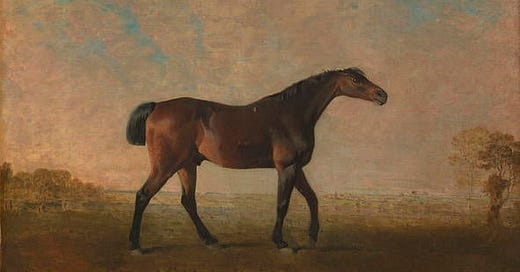Brain Food #866: Failing is an act of seeing
When we fail to see what our failures are trying to reveal
One of the themes I keep returning to is failure, how it is interspersed throughout life, becoming its own negative space, to make our successes more visible.
Failure is often interpreted as a series of mistakes, perhaps as mishaps we did not see coming. And so, we tend to avoid mistakes to avoid failing, only to find that the harder we try to do so, the more likely we are to feel like failures ourselves.
In her poem Mid-Thirties Square Dance, Elizabeth Metzger captures the anticlimactic feeling that comes with doing everything right:
“At thirty-four I have ticked every box I set out to.
My mistake was thinking I could be loved
in little white squares.”
Instead, mistakes can be opportunities to learn, to come across something new. Japanese composer Ryuichi Sakamoto was an advocate of mistakes, often letting them dictate the direction of his pieces and performances:
“Conceptually, I am open to mistakes—errors, actually. I do play lots of wrong notes while I am making some music, and a mistake or a wrong note is like a gift for me: ‘Oh, wow, an unknown sound or an unknown harmony. I didn’t know about this.’”
Following Sakamoto’s death, his son, Neo Sora, described the composer’s approach to mistakes in what could be seen as permission to be free: “When he messes up, he knows it and decides to use the opportunity to experiment anyway. I think it freed him to do whatever he wanted.”
Through this lens, noticing failures becomes an act of perception and exploration, like changing one’s medium or tool. Our failures are a pin on the map, placed there to reveal a new direction and a universal truth: that we, too, are free to do whatever we want.
As Rainer Maria Rilke said, “If my devils are to leave me, I am afraid my angels will take flight as well.”
Our angels and devils are connected, like our talents and flaws, like our successes and failures, like the oversized hand of David, or the leaning tower of Pisa, both famous despite—or possibly because of—the mistakes in their structures.
Our failures are a metric of the depth of our commitments. Perhaps whoever hasn’t failed hasn’t truly tried to live, leaving the canvas either too busy, or too empty, to reveal anything at all.
Mistake is a painting by Benjamin Marshall, created in 1794, and one of six equine portraits he produced. The origin of the title remains unknown; it could be referring to a technical error in the execution. It could have been the name of the horse.
Some mistakes remain a mystery. Sometimes the mistakes—and failures—are mostly visible to ourselves.




Facing failure seems important for individuals and groups. How else do we grow? Beautiful post as always.